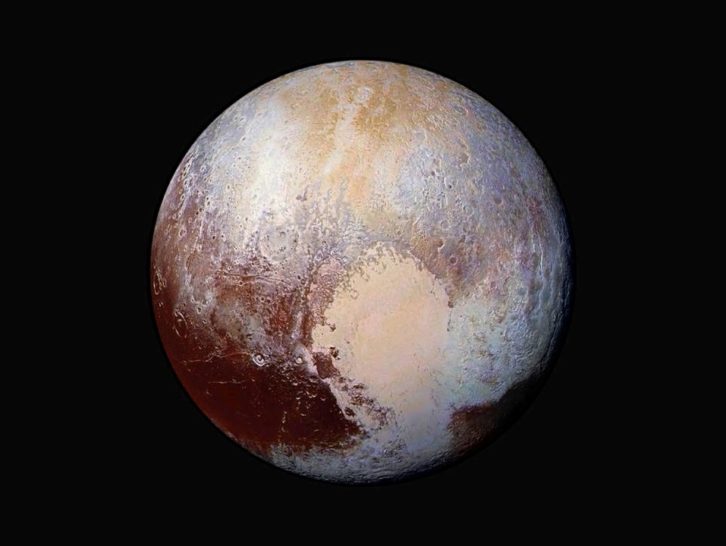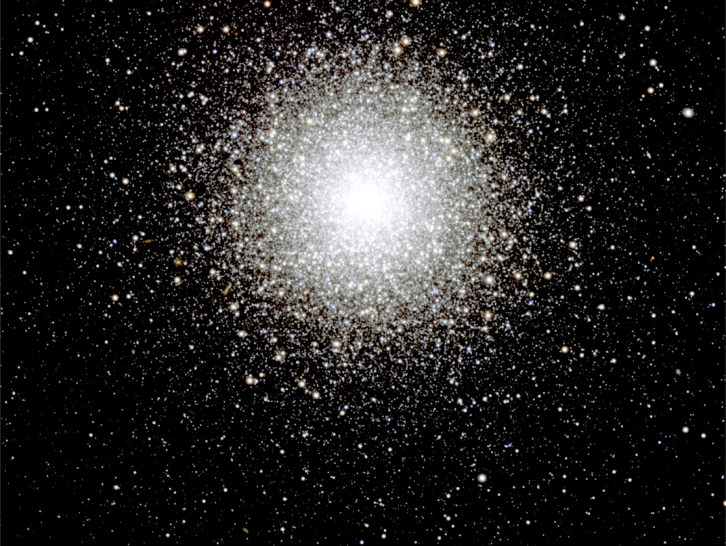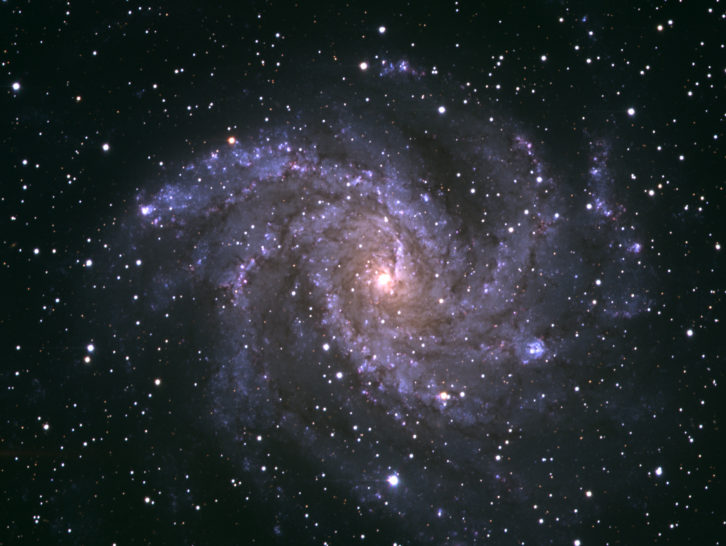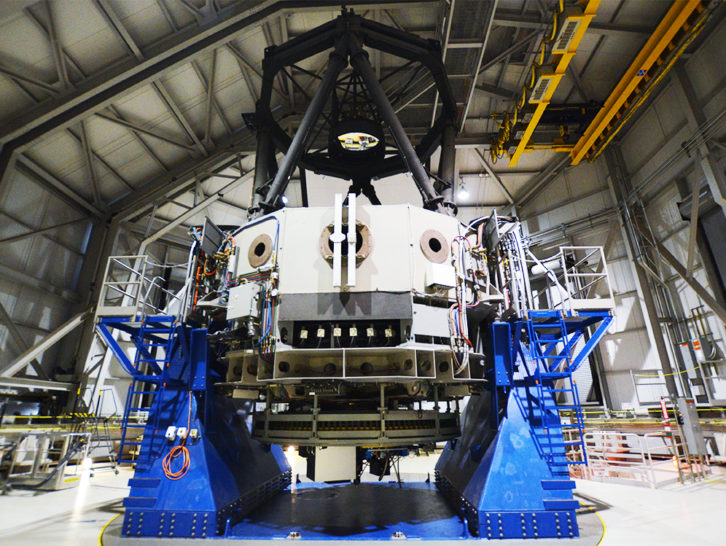Instrumentation Research
A Long Tradition
Our instrumentation team carries out a variety of work in support of our research instrumentation, our outreach telescopes, and our historic preservation projects. The machine shop is fully outfitted with computer-controlled machining instruments, CAD workstations, a clean room, and large-format printer.
In addition to regular maintenance of all research and education telescopes and associated instruments, the team also carries on a long tradition of developing and building research instruments. These efforts date back to the early years of Lowell Observatory, when Carl Lampland developed instruments for measuring the temperatures of planets, and later, Instrument Maker Stanley Sykes built a dome to house the Lawrence Lowell (Pluto Discovery) Telescope.
In more modern times, Instrument Manager Ted Dunham led the development of the High Speed Imaging Photometer for Occultations (HIPO) for NASA’s SOFIA project, an airborne observatory consisting of a 100-inch telescope mounted in a converted 747 plane. In another example, Instrument Scientist Tom Bida and Director of Technical Services Ralph Nye developed and machined the majority of parts for the instrument cube on the Lowell Discovery Telescope.
Looking Ahead
Today, the instrument team is working on a number of different projects. Construction of a new 1-meter robotic telescope on Lowell Observatory’s Anderson Mesa site is underway. Additionally, laboratory-based projects are developing both adaptive optics and atmospheric OH suppression capabilities for future instrumentation. The CSHELL infrared spectrograph was received by Lowell from the IRTF in Hawai’i, and a study is underway to determine the best way to refurbish and install the instrument on the Hall Telescope. The technology group, in conjunction with the Lowell astronomers and science partners, have also developed a list of potential new instrument capabilities for the Lowell Discovery Telescope. to be designed and built in the coming years.
In a few years the instrumentation team will move into a new technical services building. They are now determining the requirements for this facility, which will include a new machine shop, clean room, optics laboratory, and other facilities required for the design, construction, testing, and maintenance of our current and future instruments.
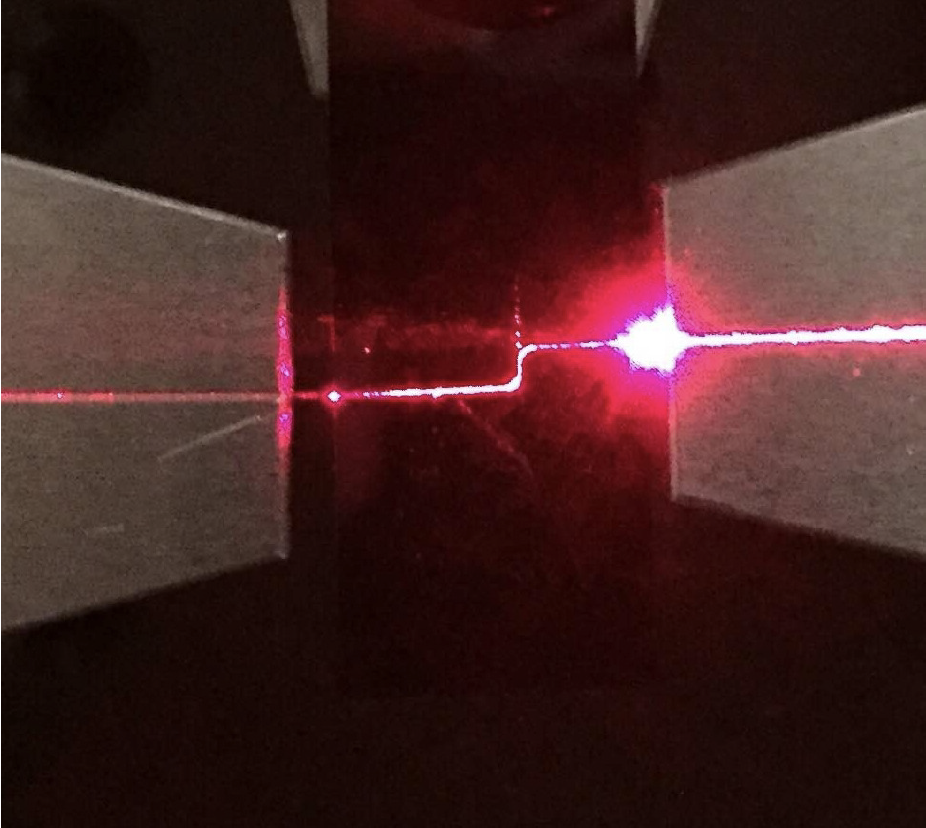
Optics and Photonics Applications Laboratory (OPAL)
Photonic technologies are proving transformative for a wide variety of industries and academic fields. Micron-scale ring resonators, in particular, have been crucial for advancements in biosensing and immunology, optical communications, quantum computing and informatics, and as components of integrated circuits with a variety of applications. OPAL’s research seeks to solve the engineering problems associated with the application of photonic technologies to astronomical instrumentation.
Learn more about OPAL